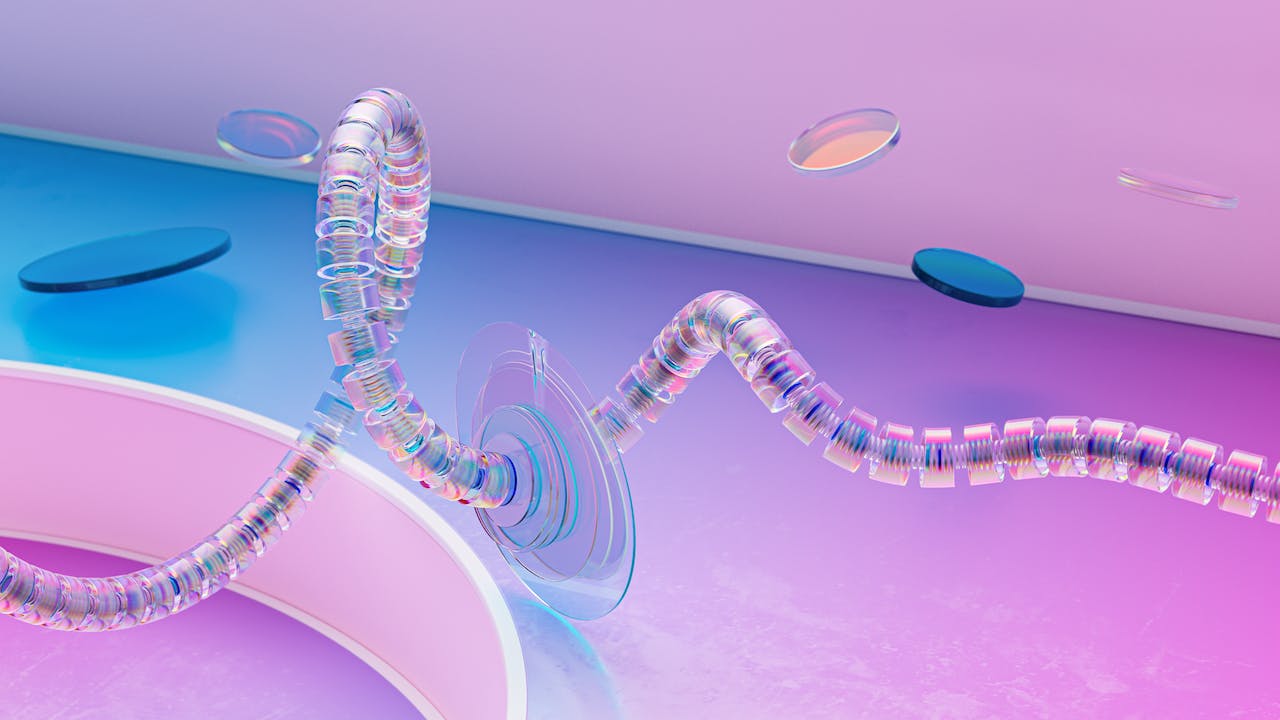For visionaries and digital creators, the quest for crafting top-tier quality products goes hand in hand with embracing the power of design thinking, an end-to-end approach to product creation that makes users paramount. At the heart of this creative alchemy lies research design—a vital component often overlooked in the pursuit of the next big thing.

In this article, we unravel the philosophy that underlies research design, exploring how it shapes the very essence of modern product experiences. So, if you are ready to dive into a world where user-centric innovation isn’t just a goal but the journey itself, keep on reading till the end.
Understanding Design Thinking
Design thinking is a problem-solving framework that encourages businesses to focus on the people they’re creating products for. This leads to better products, services, and internal processes. It’s not just about aesthetics; it’s about applying a human-centered approach to innovation.
Design thinking involves understanding users’ needs and developing insights to solve complex problems. It’s a non-linear, iterative process that teams use to understand users, challenge assumptions, redefine problems, and create innovative solutions to prototype and test.
This is how we describe research design at trinetix.com: “Research design is a set of means that allow a product team to understand consumer needs and aspirations and further address them via a product created or features introduced.”
Research Design: The Heart of Design Thinking
Research design is an essential part of this process. It’s the methodology by which organizations gather information and insights about their users and the context in which their products will be used. This isn’t just about conducting surveys or focus groups; it’s about immersing in the user’s world to gain a deep, empathetic understanding of their experiences, challenges, and needs. It involves a variety of methods, including ethnographic studies, user interviews, usability testing, and data analysis.
The true power of research design lies in its ability to uncover not just what users say they want, but what they actually need – often before they even know it themselves. It’s about observing behaviors, identifying pain points, and uncovering latent needs. This depth of understanding is what allows businesses to create products that resonate deeply with users, providing solutions that are not only functional but also meaningful.
Benefits of Research Design for Businesses
Continuing from the foundational understanding of design thinking and research design’s role in it, let’s delve into the specific benefits this approach brings to businesses. These benefits are not just limited to product improvement but extend to various facets of a company’s operations, driving overall growth and innovation.
- Enhanced Understanding of Customer Needs
Research design enables businesses to gain a profound understanding of their customers’ needs and preferences. This knowledge is crucial in developing products that truly resonate with the target audience.
- Increased Product Market Fit
By continuously testing and iterating based on user feedback, companies can ensure their products align closely with market demands, thereby increasing the likelihood of product success.
- Cost-Effective Development
Identifying potential issues and user needs early in the development process can save significant costs related to rework and post-launch modifications. Early user testing and feedback can guide more efficient allocation of resources.
- Competitive Advantage
Businesses that effectively employ research design often outpace their competitors. They’re more adept at anticipating market trends and adapting to changing consumer preferences, thanks to the insights gained from their research.
- Encourages Innovation
Research design doesn’t just help in refining existing ideas; it’s also a source of inspiration for new ones. By understanding the user’s latent needs, businesses can develop innovative solutions that the market hasn’t seen before.
- Improved User Experience
At the heart of research design is the user experience. Products developed with user-centered research are more likely to offer a superior experience, leading to higher customer satisfaction and loyalty.
- Data-Driven Decision Making
Research design grounds decision-making in data and user insights rather than intuition or assumption. This approach reduces the risks associated with new product development.
In summary, the benefits of research design for businesses are manifold. It’s a pivotal tool that not only enhances the chances of a product’s success but also drives overall business growth and innovation. This methodical, user-centric approach ensures that companies stay aligned with their customers’ evolving needs and preferences, positioning them for long-term success in a rapidly changing market.

5 Ways Research Design Revolutionizes Product Experiences
Having established the critical role of research design in new product development, it’s crucial to understand how this approach tangibly enhances modern product experiences. Here are five specific ways in which research design not only improves but revolutionizes the way users interact with products.
Tailoring User Experience to Individual Preferences
Research design goes beyond understanding the average user – it delves into the nuances of individual preferences and behaviors. This deep dive enables businesses to create products that are not just one-size-fits-all but tailored to specific user needs. Whether it’s through customizable interfaces, adaptive features, or personalized content, research design paves the way for a product experience that feels uniquely suited to each user.
Ensuring Intuitive Usability
A product might have groundbreaking features, but if users struggle to navigate it, its value diminishes. Research design places a strong emphasis on usability, ensuring that products are intuitive and easy to use. Through methods like user testing and heuristic evaluations, designers can identify and rectify potential usability issues, making products more accessible and user-friendly.
Enhancing Functionality Through User Feedback
Feedback is a crucial component of research design. It allows businesses to understand how their products are being used in real-world scenarios and what improvements can be made. This ongoing feedback loop leads to continuous enhancements in product functionality, ensuring that products evolve in ways that are most beneficial to users.
Fostering Emotional Connection Through Design
Products that resonate on an emotional level create stronger, longer-lasting relationships with users. Research design helps in understanding the emotional drivers of users, allowing designers to create experiences that evoke the right feelings – be it a sense of belonging, excitement, or trust. This emotional dimension is key in differentiating products in a crowded marketplace.
Driving Innovation with Data-Driven Insights
Innovation is not just about coming up with new ideas; it’s about making ideas that work. Research design provides a wealth of data-driven insights that fuel innovation. By understanding user behaviors, preferences, and pain points, businesses can identify opportunities for innovative solutions that truly meet user needs.
The Future of Product Development with Research Design
Research design, as we’ve seen, plays a critical role in understanding and meeting user needs, validating ideas, reducing risks, adapting to market changes, and driving innovation. It has the power to turn a good product into an exceptional one, ensuring that every aspect, from usability to emotional resonance, is finely tuned to the user’s requirements.
The future of research design in product development is incredibly promising. Emerging technologies like artificial intelligence, machine learning, and big data analytics offer new ways to gather and analyze user data, providing even deeper insights into user behavior and preferences.
Furthermore, as the world becomes increasingly digital, the importance of user experience in product design will only grow. Companies that embrace research design will find themselves better equipped to navigate this digital landscape, creating products that are not just technologically advanced but also deeply human-centered.